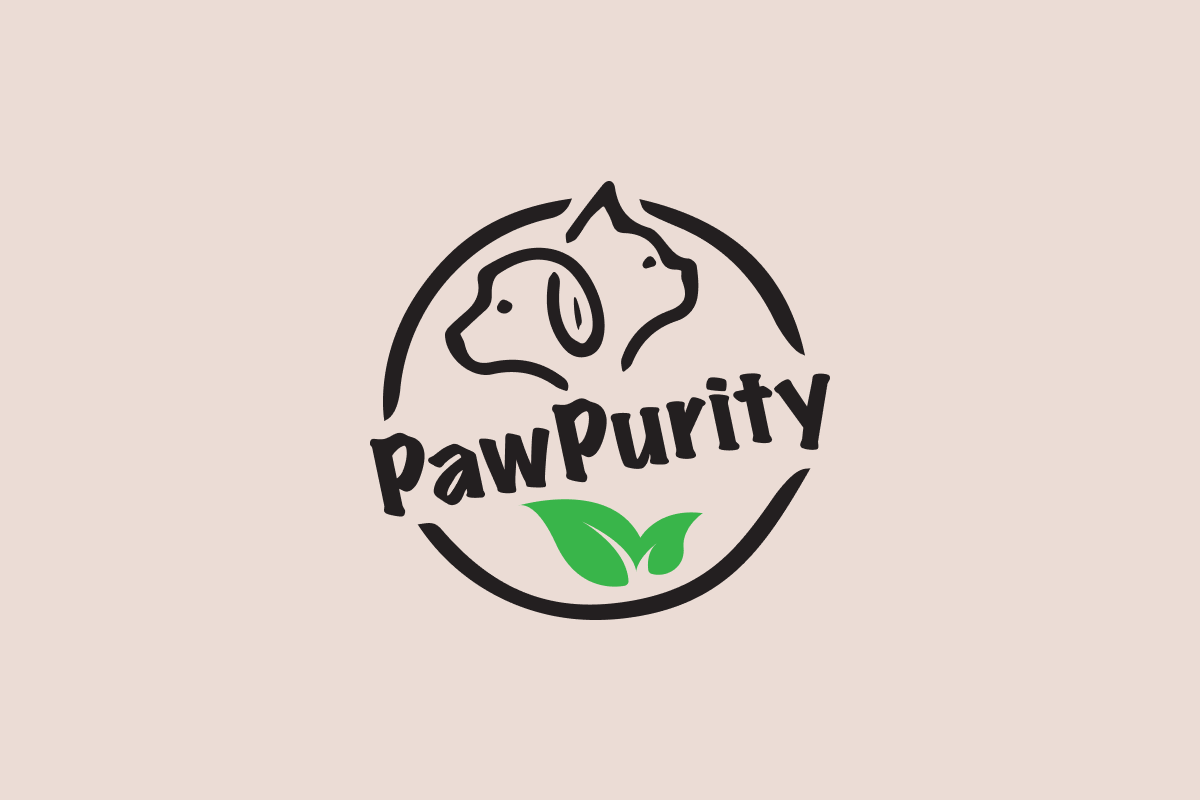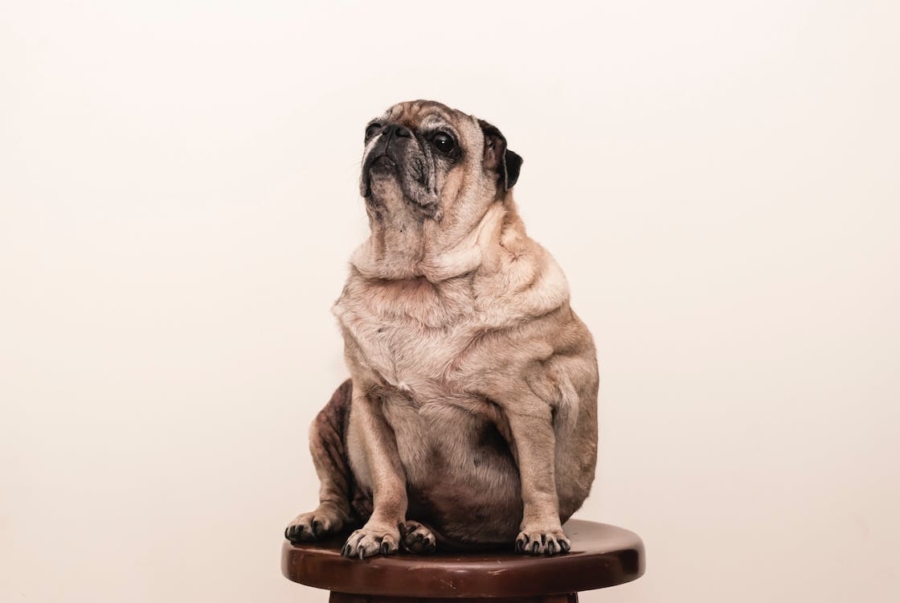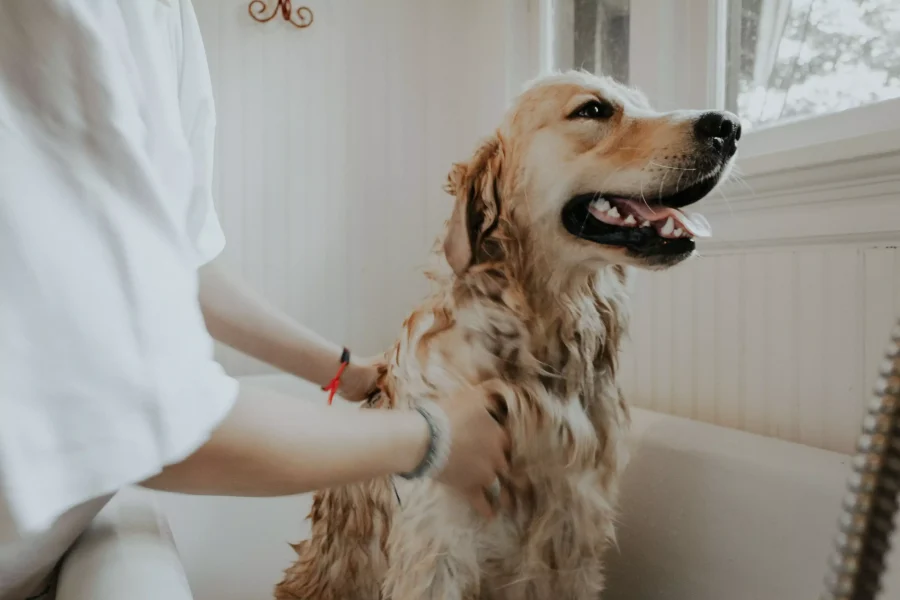If you’ve just brought home a new puppy and notice its skin peeling, you may be wondering what’s going on. Puppy pyoderma is a common skin condition in puppies that can cause the skin to peel, itch, and bleed. This article will look at what causes puppy pyoderma and how to treat it. So, if your new pup suffers from this condition, keep reading!
What Is Puppy Pyoderma, And What Are The Symptoms?

Puppy pyoderma is a condition that results in the skin of puppies peeling. It is most commonly seen in young dogs between six weeks and six months. The condition is believed to be caused by an overgrowth of bacteria on the skin. This can happen when the puppy’s immune system is not yet fully developed.
Puppy pyoderma is usually characterized by red, scaly patches on the skin. The affected areas may also be itchy and inflamed. In some cases, the skin may also weep or ooze pus. If left untreated, puppy pyoderma can lead to serious health problems such as infections and dehydration. Luckily, the condition can be easily treated with shampoos, antibiotics, and topical care. If your puppy may have pyoderma, it is important to take him to the vet for a diagnosis and treatment plan.
Causes of Puppy Pyoderma
According to VCA Animal Hospitals, bacteria most often cause puppy pyoderma, but viruses, fungi, or parasites can also be the cause. Puppy pyoderma can be very painful and itchy, leading to secondary infections if not treated promptly. The most common bacteria that cause puppy pyoderma are Staphylococcus aureus and Streptococcus species.
Puppies with pyoderma may also have a fever, loss of appetite, and weight loss. Treatment for puppy pyoderma typically includes a non-chemical shampoo, antibiotics, antihistamines, and topical corticosteroids. In severe cases, puppies may need to be hospitalized for intravenous antibiotics and fluid therapy. Prevention of puppy pyoderma includes good hygiene, prompt treatment of any skin infections, and avoidance of contact with other dogs that may have skin infections.
Treatments for Puppy Pyoderma
Although pyoderma can be caused by several different factors, including allergies, bacteria, and parasites, the most common form of the condition is caused by a bacterial infection. Fortunately, several treatments for puppy pyoderma are effective, and most puppies respond well to treatment.
According to The Canadian Veterinary Journal, antibiotic medications are often prescribed to help clear up the infection, and shampoos can be used to soothe the skin and reduce inflammation. In severe cases, puppies may need to be hospitalized for intensive treatment. However, with prompt and proper treatment, most puppies fully recover from pyoderma within a few weeks.
PawPurity Antibacterial Shampoo
PawPurity’s antibacterial shampoo is an effective natural treatment for puppy pyoderma. The shampoo works by killing the bacteria that are causing the infection, and it also helps to soothe the skin and prevent further irritation.
PawPurity’s antibacterial shampoo is safe for puppies and dogs of all ages and gentle enough for weekly use. Unlike some other antibacterial shampoos, PawPurity’s shampoo will not dry out your dog’s skin or leave behind any harmful chemicals. In fact, it’s a humectant shampoo with many ingredients that balance your pet’s skin PH levels and natural oils. For best results, use PawPurity’s antibacterial shampoo on your puppy at least twice a week and visit your veterinarian if the condition does not improve right away.
Prevention Tips
While puppy pyoderma is usually not serious, it can be quite uncomfortable for your pet. Fortunately, a few simple prevention tips can help keep your puppy healthy and happy.
- First, make sure to keep your puppy’s vaccinations up to date. This will help to reduce the risk of your pet contracting the infection from other animals.
- Second, avoid letting your puppy play in areas where other dogs have been known to relieve themselves. This includes public parks and dog beaches.
- Finally, make sure to bathe your puppy regularly using a gentle shampoo.
Following these simple tips can help prevent puppy pyoderma and keep your furry friend healthy and happy.
Long-Term Effects of Puppy Pyoderma
One of the most common long-term effects of puppy pyoderma is scarring. The pustules and crusts can damage the skin, leading to the development of scars. In addition, puppy pyoderma can also cause hair loss. The pustules can damage the hair follicles, resulting in hair loss. Finally, puppy pyoderma can also lead to secondary infections. If the pustules are not treated properly, they can become infected with bacteria or fungi. These infections can be difficult to treat and may cause further damage to the skin. For these reasons, prompt treatment for puppy pyoderma is important.
Takeaway
In conclusion, if your puppy is experiencing skin peeling, it is likely due to Puppy pyoderma. This is a common and easily treatable condition, but if left untreated, it can become more serious. If you think your puppy may have Puppy pyoderma, contact your veterinarian for diagnosis and treatment.
Early diagnosis and intervention are key to preventing long-term health problems for your pet. Have you ever had to deal with puppy pyoderma? What was the outcome? Let us know in the comments below.










